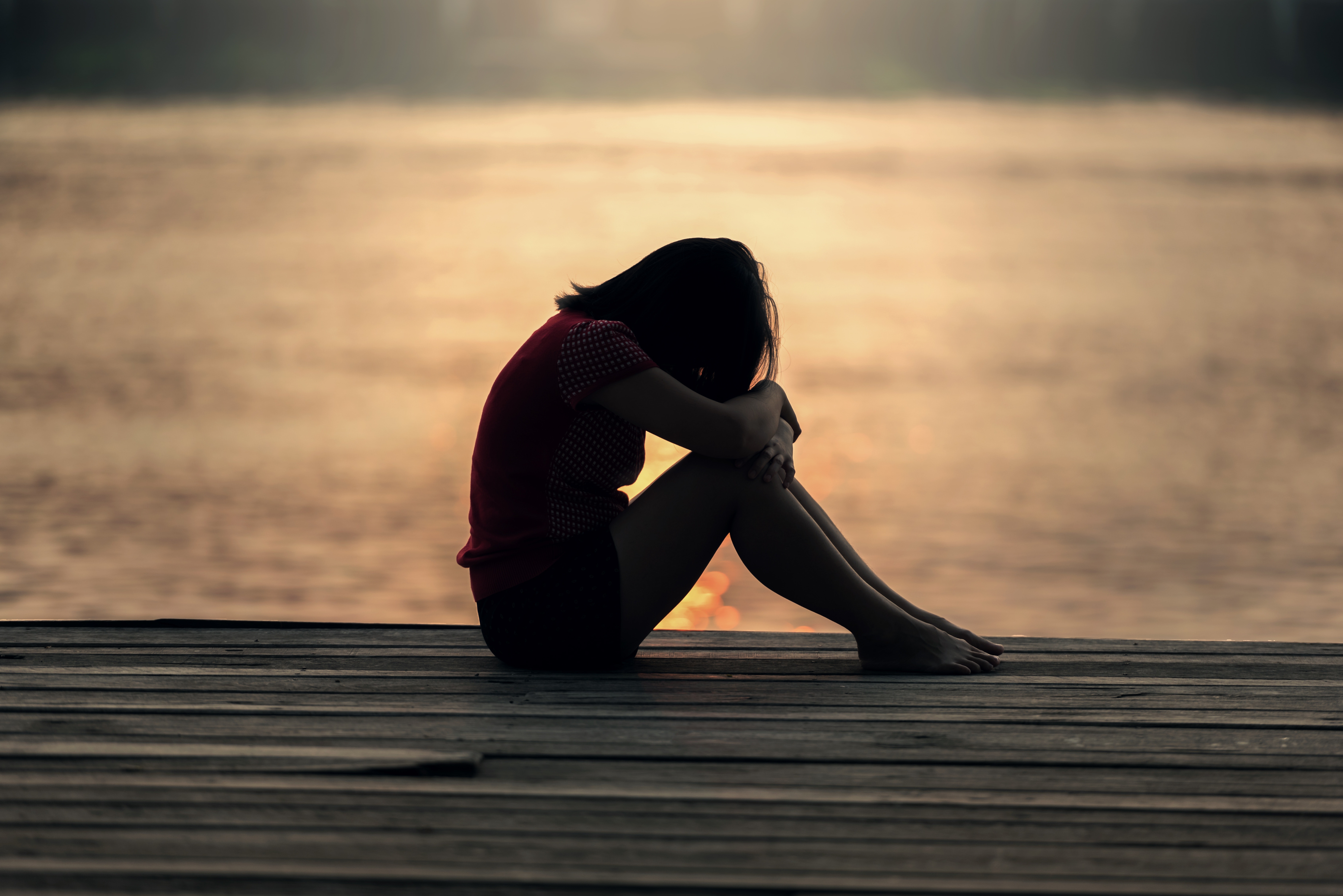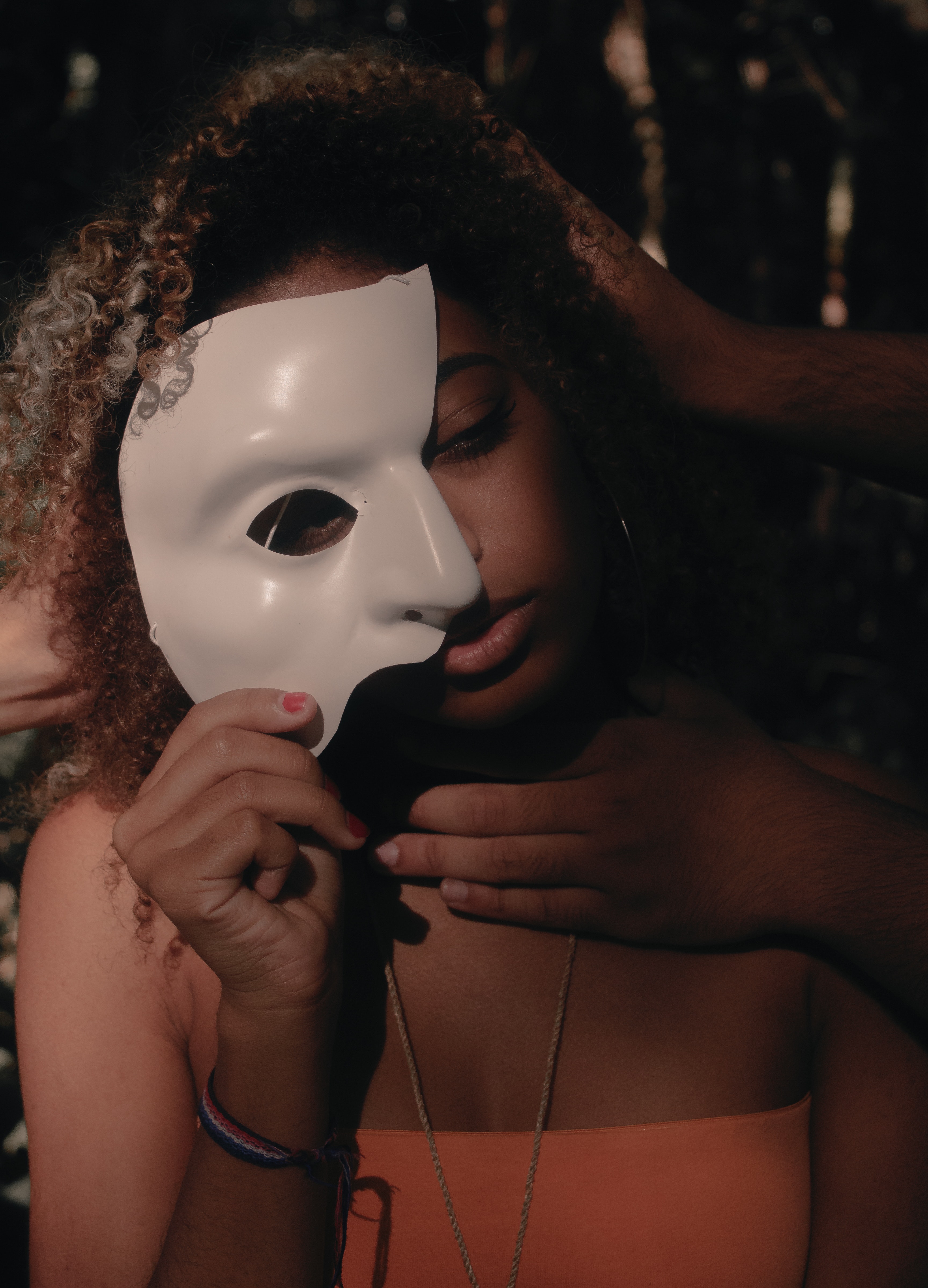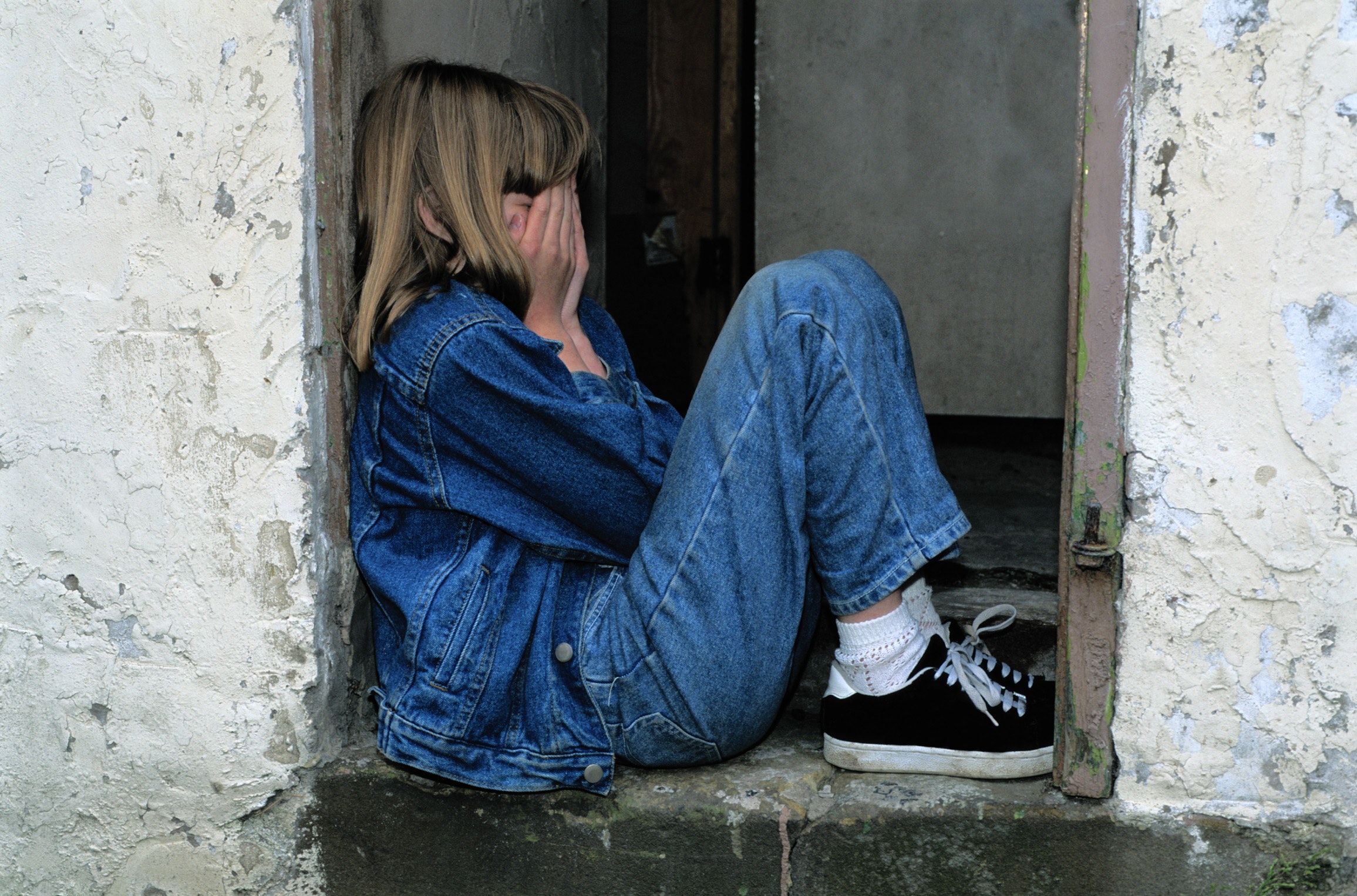Don’t call victims of sex trafficking "young women"
 My friend Elaine Kamarck (with Brookings and Kennedy School standing) has been studying the Epstein case for months. She called, insisting that I submit an op-ed, as one of few who could speak to a critical point that’s been missing from high-level media. Who are these “underage women?”
My friend Elaine Kamarck (with Brookings and Kennedy School standing) has been studying the Epstein case for months. She called, insisting that I submit an op-ed, as one of few who could speak to a critical point that’s been missing from high-level media. Who are these “underage women?”
I stayed up all night, getting out of my head and pouring my heart into the piece. I’ve spent more than two decades listening to women and girls who have been trafficked for sex. If you could hear, as I have, from so many sitting around my kitchen table….
My exposure to this subject is unusual. While serving as the US Ambassador to Austria, I made 22 trips to Eastern and Central Europe—Russia, Hungary, Serbia, and more. I wasn’t looking for trafficking. It found me. I remember particularly well the poignant plea of one Moldovan: “Our girls are disappearing from our villages.”
Here and now, the years, the places, the names have changed, but the vulnerability of the girls and the power of the men have not. Epstein (like Patriots owner Bob Kraft) have put trafficking on the front page. Read my latest op-ed in the Boston Globe: Don’t call victims of sex trafficking ‘young women.’
Jeffrey Epstein, you are very fortunate. Plenty of your recent press coverage insinuates that for years you have been setting up prominent men for sex with “underage women” or “women as young as 14.”
When I was 14, I was not a woman. When my daughter was in ninth grade, she was not a woman. When my granddaughters got braces, they were not women.
 Those using “young women” to expose the salacious Epstein story are playing into the hands of men who say they’ve never bought a trafficked person. However, if the woman is actually a girl (under 18), by US, United Nations, or European Union definitions, she is being trafficked. And the man having sex with her is a criminal.
Those using “young women” to expose the salacious Epstein story are playing into the hands of men who say they’ve never bought a trafficked person. However, if the woman is actually a girl (under 18), by US, United Nations, or European Union definitions, she is being trafficked. And the man having sex with her is a criminal.
The words “sex trafficking” originally described people brought across borders to be sold in often slave-like conditions. I watched it happen. While a diplomat in Vienna, I made 22 trips to Eastern and Central Europe, and beyond — Russia, Ukraine, Hungary, the Czech Republic, Serbia, and more. I wasn’t looking for trafficking. It found me. “Our girls are disappearing from our villages,” one Moldovan wept.
A Pole told stories of a young woman laid off from a shipping yard in Gdansk, a man offering her a job as a waitress in Frankfurt, her giving him her passport, then being raped on the train by another man while the first took pictures and threatened to send them to her devout Catholic mother. Thousands of Polish women and girls were walking the streets of Frankfurt. An officer of Interpol (the International Police) told me that organized crime sees that a trafficked girl can be sold over and over – she is a “reusable commodity.” The sex trade is on a par with guns, he informed me, topped only by drugs.
Who is being trafficked in the United States? An FBI agent told me he asked a trafficker how he fills his “stable.” “At a shopping mall I find a girl walking by herself. I go up to her and say, ‘You have beautiful eyes.’ If she says ‘Thanks,’ I just keep going. If the next girl looks down at her shoes and says, ‘No I don’t’ . . . I know I’ve got her.”
Around my dinner table, a “survivor” (she calls herself) who was prostituted for years insisted that not once did a buyer ask her age. The other dozen women nodded a “Hell, yeah.’’
 And who is this girl who is prostituted? As a composite, she’s bought by 10 men a day, starting at age 14. Let’s give her one day off and a week’s vacation (none of which she actually receives). On her 18th birthday, she has been sexually assaulted over 12,000 times. She blows out the candles and suddenly she’s an adult? Ask any trauma psychologist about the life-long struggle this girl is facing.
And who is this girl who is prostituted? As a composite, she’s bought by 10 men a day, starting at age 14. Let’s give her one day off and a week’s vacation (none of which she actually receives). On her 18th birthday, she has been sexually assaulted over 12,000 times. She blows out the candles and suddenly she’s an adult? Ask any trauma psychologist about the life-long struggle this girl is facing.
Drug addicted, intimidated, seeing no future, and up against an aggressive legal team, she makes a terrible witness.
Let others calculate how many Jeffrey Epstein's there are in the world. According to our recent research of 8,200 American men, 20 percent say they have bought a female for sex. But the “highest-frequency buyers” self-report that they purchase once a month or much more. A disproportionate number say they earn more than $100,000 annually. And, interestingly, more than half say the last female they bought was in her 20s. (Actually, they don’t have a clue how old she was.)
Girls in the life are almost never in an elite club of “sex workers.” They haven’t lost their jobs in a Polish shipyard, but they are disproportionately black and brown, in poverty. Sixty percent have been in foster care — often because of sexual abuse. The decade, the place, the names have changed, but the vulnerability of the girls and the power of the men have not.
Demand drives supply. Any report that obscures this dynamic is not only untrue; it reflects a coarsening of our social conscience. Referring to “underaged women” gives a pass to men who feel entitled to the bodies of vulnerable girls. The men have little to lose. They are every day “johns.” The girls lured into life-long dehumanization are “sluts” and “whores.” Looking away from them because we look down on them is an excruciating mistake.
The girls lured into life-long dehumanization are “sluts” and “whores.” Looking away from them because we look down on them is an excruciating mistake.
It will take literally an act of Congress to codify a reform that is beginning to ripple across the United States —assigning responsibility to the perpetrators rather than to the victims. It’s a daunting shift, but more than a dozen countries have passed such laws, including Sweden, Canada, and France. We must have policy reform to hold accountable not only the Jeffrey Epsteins for trafficking but also those millions of men whose demand drives the supply of girls.
Swanee Hunt is the founder of the Women and Public Policy Program at Harvard University. As US ambassador to Austria (1993-1997), she led the US delegation to the European Union Conference on Trafficking. She is the founder of Demand Abolition, holding men accountable for buying women and girls.






